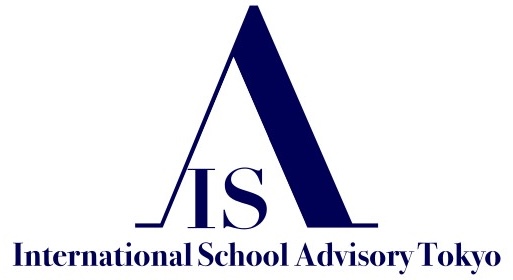In today’s complex economic world, students face countless financial decisions as early as their teenage years, from managing allowances or pocket money to taking out student loans. Yet, many leave school without even a basic understanding of personal finance. So, should students learn financial literacy in school? The answer is clear: yes. And here’s why it’s essential for their future success.
What Is Financial Literacy?
Financial literacy is the ability to understand and manage money effectively. This includes:
- Creating a budget
- Understanding credit and debt
- Saving and investing
- Paying taxes
- Making informed financial decisions
These are not luxury skills; they are essential for functioning as financially responsible adults.
Why Is Financial Literacy Important for Students?
Many students interact with money early in life but lack the knowledge to manage it well. Without a solid foundation, they are more likely to:
- Overspend or fall into debt
- Misuse credit cards
- Take out large student loans without fully understanding the consequences
- Fail to save for emergencies or the future
Teaching financial literacy in schools helps prevent these pitfalls and sets students on a path toward lifelong financial health.
Benefits of Teaching Financial Literacy in Schools
1. Promotes Smart Money Habits Early
By learning how to save, budget, and make informed decisions, students are more prepared to manage their personal finances as adults.
2. Builds Confidence and Responsibility
Understanding money increases confidence. Students are less likely to feel overwhelmed or anxious about financial challenges.
3. Prepares Students for Real-Life Scenarios
Whether it’s paying rent, managing a student loan, or planning for retirement, students who understand finance are better equipped for life beyond school.
4. Reduces Long-Term Financial Mistakes
Financial literacy can help prevent costly errors like defaulting on loans or accruing unmanageable credit card debt.
How to Integrate Financial Education into the Curriculum
You don’t need a new subject or textbook to teach personal finance. It can be:
- Integrated into math classes with budgeting, interest calculations, and real-world scenarios
- Taught in economics or social studies by discussing markets, taxes, and consumer behaviour
- Part of life skills or career-readiness programs, including resume building and salary management
Interactive methods like simulations, mobile apps, or mock banking projects make learning fun and practical.
Financial Literacy Helps Close the Equity Gap
Students from low-income or marginalised communities may lack access to financial education at home. Schools can help bridge this gap by ensuring every student learns critical money management skills.
Teaching financial literacy:
- Promotes economic mobility
- Helps break cycles of poverty
- Levels the playing field for all students
Common Objections (And Why They Fall Short)
“Parents should teach this.”
Not all parents are financially literate or have the resources to teach these skills effectively.
“It’s too advanced for kids.”
Like math or science, financial education can start with age-appropriate lessons and build over time.
“There’s no room in the curriculum.”
Financial literacy can be taught within existing subjects or through short modules, clubs, or workshops.
Countries That Are Leading the Way
Several countries already integrate financial education in schools, including:
- Australia: Personal finance is a key part of their national curriculum
- United Kingdom: Financial literacy is taught in secondary schools
- United States: Some states like Florida and Utah now mandate personal finance education
These programs have shown positive results in student outcomes and financial behaviours.
Final Thoughts: Why Schools Must Teach Financial Literacy
In the 21st century, financial literacy is no longer optional, it’s a life skill as essential as reading or writing. Teaching students how to budget, save, and make informed money decisions not only prepares them for adulthood but also strengthens communities and economies.
